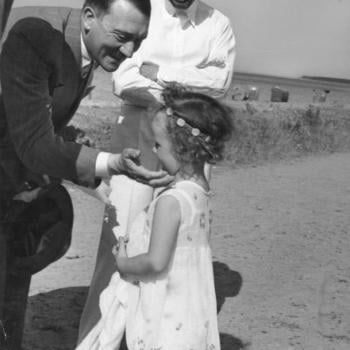
Good Education
What is “good education?” Of course, like so many words, “education” has different meanings. Here I am talking about American public and private education—K through 12 and beyond.
When I was taking driver’s training in my high school, 7:00 AM half awake, I learned one principle: Take the broad view. That meant, as we all were taught many times, when driving keep your eyes up and on the road ahead and what surrounds it. Don’t stare down at the hood of the car or the road and what surrounds it just ahead of the car. Of course, we were taught about one exception: when approaching a car or cars just ahead. But don’t stare at it or them. Look up, especially when driving on a highway.
Missed or Forgotten
Good education teaches “the broad view.” It teaches students to take in “the bigger pictures” of history, culture, society, and humanity.
Far, far too many people in America know extremely little about the world or even about America! History, geography, science (especially philosophy of science), political science, ethics…all are somehow missed or forgotten.
My doctoral advisor referred to American public schools as “Dewey schools.” I finally realized what he meant. John Dewey was a philosopher who defined human beings as “problem solvers.” His philosophy was called “instrumentalism.” For him, education’s purpose was to help students solve problems. It gives them the “instruments” to solve problems.
High School Failed Them
But the big problems of life are in the distance, so to speak. The big problems that need addressing will be missed if one does not “take the broad view” when going through life. Good education teaches students, if they are willing to learn, to live life with the “big picture” in view.
I had the privilege of attending a really good high school. I won’t name it here because I’m sure someone who graduated before or after me (or at the same time as me and six hundred others!) will pop in here to tell a story of how high school failed them. I found that any student who came to school and went through it was offered “the broad view.” “Look up and see the world” could be the school’s motto.
It Is Not Indoctrination
Then I attended and graduated from a Bible college that had the opposite philosophy. There, the faculty and administration taught us “the narrow view.” In “Church History,” we began with the Reformation and then quickly jumped to the Pentecostal Movement, not even touching on the wider context out of which Pentecostalism emerged. I soon discovered that if I were to get an education like the one I received in high school, I would have to get it on my own, outside of college. I did that to the best of my ability.
Good education also teaches critical thinking skills. My high school did that. My college did not. Day and night. Total difference. Cognitive dissonance. Mental whiplash.
Good education encourages questioning the “facts” being taught. “Why?” Is always welcome. It is not indoctrination, except, perhaps, to a limited degree in a denominational seminary. Even there, however, students should be introduced to the broader historical, socio-cultural, and theological contexts.
Take The Broad View, Think Critically
Far, far too much American education focuses on solving problems. Obviously, I am in favor of liberal arts education—throughout the levels of education. Preparing students for jobs can come alongside that, but liberal arts should not be sacrificed for job-training.
I wonder what I would find now if I revisited my high school? More than fifty years have gone “under the bridge” since I graduated. I wonder how students are taught there now? I hope it’s at least roughly the same—“Take the broad view” and “think critically.”
*Note: If you choose to comment, make sure it is relatively brief (no more than 100 words), on topic, addressed to me, civil and respectful (not hostile or argumentative), and devoid of pictures or links.*
















